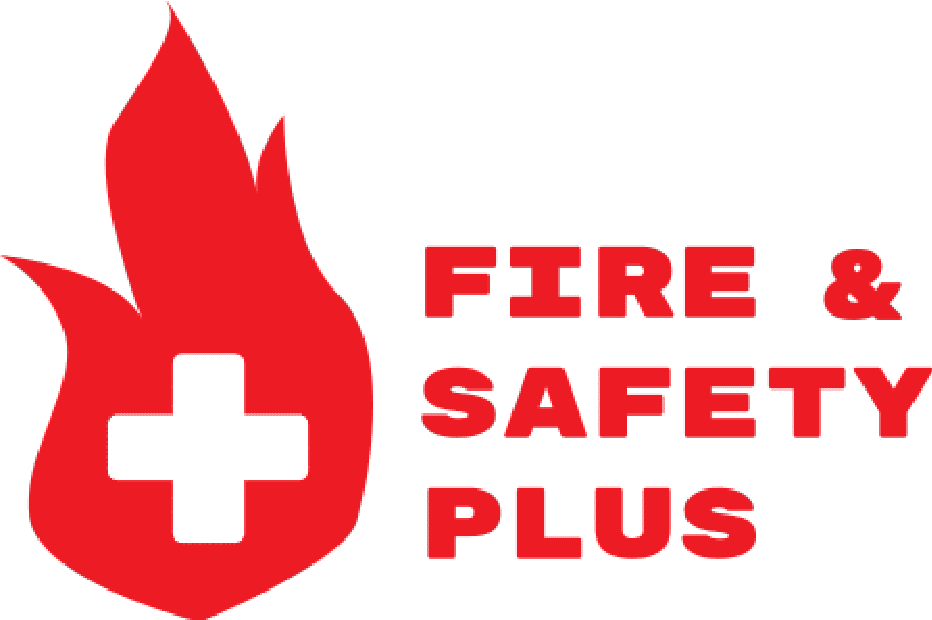Everything you need to know about Carbon dioxide (co2) Fire extinguishers

When it comes to fire safety, understanding the right type of fire extinguisher to use in different scenarios is crucial. One such extinguisher is the Carbon Dioxide (CO2) fire extinguisher. This blog post will explore what CO2 fire extinguishers are, how they work, and where they are best used.
What is a Carbon Dioxide fire extinguisher?
A Carbon Dioxide fire extinguisher is an extinguisher that uses carbon dioxide gas to put out fires. Unlike water or foam extinguishers, which can cause damage to electrical equipment and other sensitive materials, CO2 extinguishers tackle fires without leaving any residue.
What is a carbon dioxide fire extinguisher used for?
These fire extinguishers work on class B and C fires. Class b fires involve flammable liquids such as gas, oil and solvents while Class C fires involve electrical equipment. Since Co2 extinguishers leave no residue, it makes them the ideal candidate for areas with sensitive electrical equipment. These extinguishers also eliminate the risk of electrical shock since co2 gas is non-conductive.
How does a co2 fire extinguisher work?
CO2 extinguishers work by displacing oxygen in the air, which is one of the three elements a fire needs to sustain itself (the other two being heat and fuel). When you discharge a CO2 extinguisher, it releases the gas under high pressure, forming a cold, white cloud. This cloud of CO2 not only suffocates the fire by pushing out the oxygen but also cools the fuel, which helps to prevent the fire from reigniting.
How to use a carbon dioxide fire extinguisher?
As with most other fire extinguishers we use the P.A.S.S technique for these extinguishers.
- Pull the pin: This breaks the tamper seal and allows you to use the extinguisher.
- Aim the nozzle: Direct the nozzle at the base of the fire, not the flames.
- Squeeze the handle: This releases the CO2 gas.
- Sweep side to side: Move the nozzle from side to side at the base of the fire until it is extinguished.
Some important things to note about co2 extinguishers are that they should not be used in smaller rooms as Carbon Dioxide is poisonous in high concentrations. They also have a limited rage and could be ineffective outside as the gas disperses quickly.
Where do you use a co2 fire extinguisher?
CO2 fire extinguishers are best suited for environments with electrical equipment or flammable liquids. Some common places where you might find CO2 extinguishers include:
- Server rooms
- Offices with a significant amount of electronic equipment
- Industrial settings with flammable liquids
- Laboratories
- Kitchens with electrical appliances
How do you maintain a carbon dioxide fire extinguisher?
Proper maintenance is essential for carbon dioxide fire extinguishers. These extinguishers typically don’t have a pressure gauge, so it is important to regularly check its weight. Compare the weight of the extinguisher to the weight specified on the label, if it is significantly lighter it may need to be recharged.
Co2 fire extinguishers should be inspected annually by a licensed technician to ensure it is in good working condition. These extinguishers also require hydrostatic testing every 5 to 12 years, depending on local regulations and manufacturer recommendations. This test checks the integrity of the cylinder to ensure it can safely hold the high-pressure gas.
After use or in cases of low pressure the extinguisher will need to be recharged. A professional should do this for you to ensure the extinguisher is ready for its next use.
CO2 fire extinguishers are a vital tool in fire safety, especially in environments with electrical equipment and flammable liquids. Their ability to extinguish fires without leaving any residue makes them particularly valuable in offices, server rooms, and industrial settings. However, it’s essential to be aware of their limitations and the potential risks associated with their use in confined spaces.
By understanding how and when to use CO2 fire extinguishers, you can enhance the safety of your workplace or home, ensuring that you’re well-prepared to tackle specific types of fires effectively.
